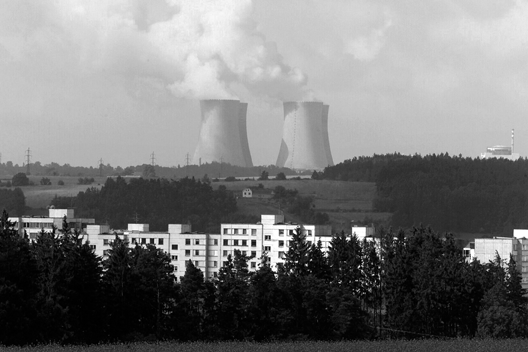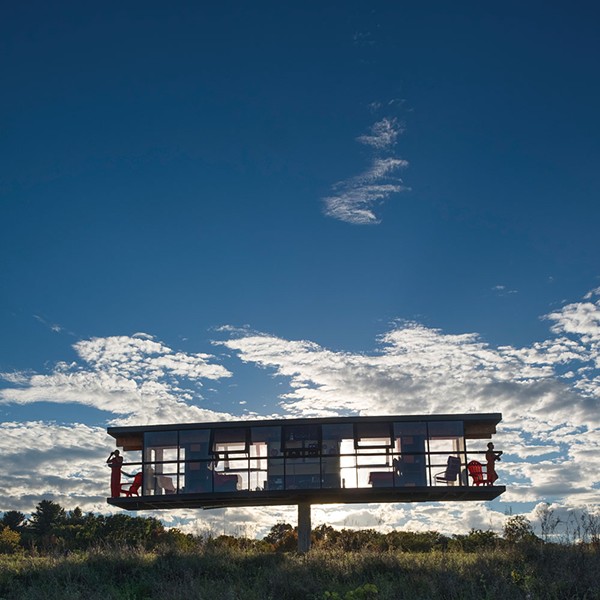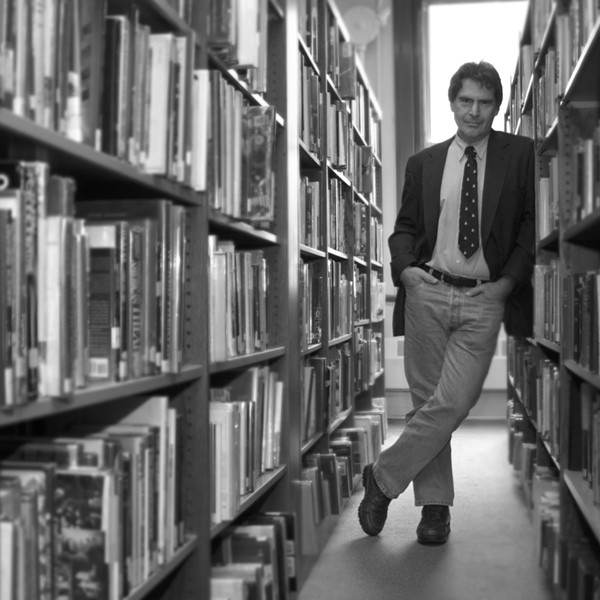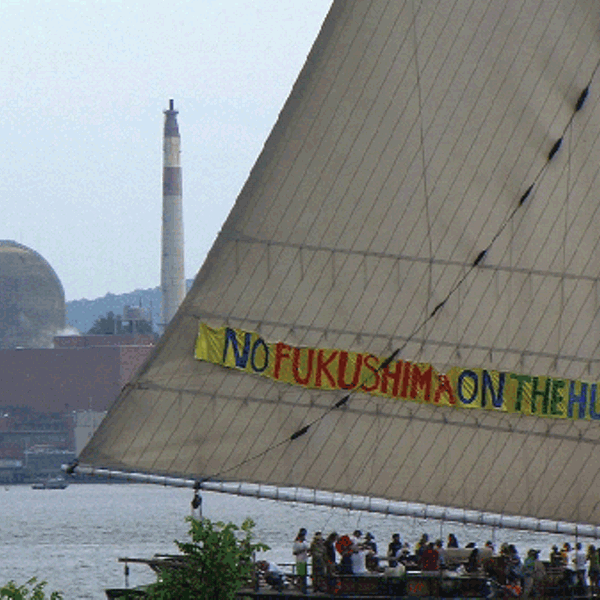
So you’re against nuclear power. Do you know why?
A decade and a year after Enrico Fermi demonstrated the first atomic fission chain reaction, President Dwight D. Eisenhower went before the United Nations General Assembly to avert an apocalypse. Other nations now had in their hands the weapon with which the United States had pulverized two Japanese cities; altruistic scientists and eager investors both had pressured the president to share the technology for peaceful uses. And so Eisenhower had little choice on that December day in 1953 but to announce a new purpose for the force inside the atom: Properly monitored and generously financed, he declared in his “Atoms for Peace” address, fission could be harnessed “to provide abundant electrical energy in the power-starved areas of the world.”
You could have been forgiven for thinking the president and his advisers had just hatched the notion that month, so full of poetic wonder and portent was that speech. In fact, not only were the Soviets about to power up a five-megawatt reactor, but the Westinghouse Electric Corporation was well on its way to building the country’s first commercial atomic power plant. Within five years, the Shippingport Atomic Power Station would begin sending its 60 megawatts of electricity to the city of Pittsburgh.
That was probably about the best atomic power ever looked. For it wasn’t long before the electricity touted as “too cheap to meter” proved too pricey for profit: The power that came out of Shippingport cost 10 times the going rate. Though in the coming years many more reactors would be hitched to the nation’s grid, Eisenhower’s gallant dreams were undone by rising construction costs, high maintenance bills, and risk. The last application for a new nuclear plant was withdrawn in 1978. By the time Three Mile Island nearly melted down in 1979, the United States was through with nuclear-generated electricity.
Until now.
When President George W. Bush celebrated the Energy Policy Act of 2005 at the Calvert Cliffs nuclear plant in Maryland, he may as well have been delivering the 21st-century update of Eisenhower’s 1953 manifesto, minus the poetry. This time, however, the marketing slogan was not about peace, but the very future of the planet. “Without these nuclear plants,” Bush said, “America would release nearly 700 million metric tons more carbon dioxide into the air each year.” Half a century after Shippingport powered up, the US government has once again entwined its long fingers under the heel of the big industry that couldn’t.
In his day, Eisenhower shared his vision with a number of vocal pacifists: Redirecting atomic power to electricity, they believed, would at least keep the military occupied with something other than blowing up cities. And Bush shares his vision with some prominent environmentalists: Stewart Brand, for instance, who founded the Whole Earth Catalog and Fred Krupp, the director of the Environmental Defense Fund, who believes that “the challenge of global warming is so urgent we can’t afford to take anything off the table.”
As far back as 1978, Tom Alexander—an award-winning science writer with a deep knowledge of economics and ecology—urged utilities to resuscitate the already-flagging nuclear industry, lest a ramp-up in coal-fired electricity “trigger irreversible changes in the world’s climate.” The ramp-up happened on schedule; the changes in climate too—which now makes it very hard to ignore the fact that whatever else nuclear power does to the environment, it emits neither soot nor smoke nor mercury, and far less carbon dioxide than the coal that keeps most of our lights on.
Industry has been quick to take advantage of the shifting political climate: Last year, UniStar submitted an application for a new nuclear reactor to the US Nuclear Regulatory Commission (NRC), the first to cross the agency’s desk since Jimmy Carter was president. Four more followed, and 14 separate companies have notified the agency that they will file applications in the next year. It’s hard to imagine any of the current presidential candidates slashing nuclear subsidies once in office. (Senator Barack Obama, for one, represents a state with 11 of the nation’s 104 civilian reactors, and his donors include employees of nuclear giant Exelon.)
But can nuclear power really rescue our warming planet? And if you answered quickly, answer this too: Are you for or against because you know the science, or because someone said you should be?
When we talk about nuclear power today, we talk about environmentalists for nukes, and about people posing as environmentalists for nukes. We talk about Dick Cheney’s energy bill defibrillating a faltering industry with $12 billion worth of incentives and tax breaks. We talk about who is for and who is against, and whether we can trust them.
















